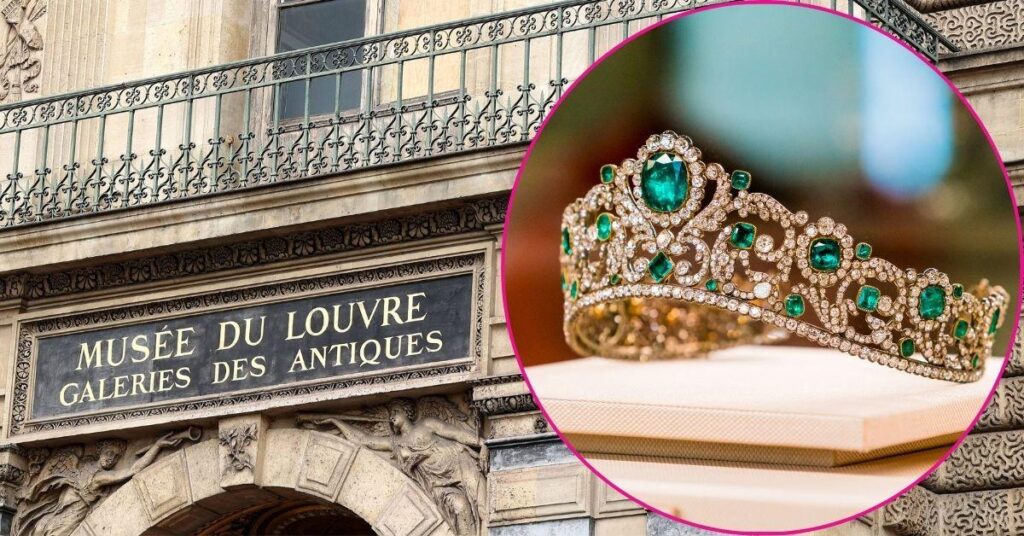On October 19, a daring robbery unfolded at one of the world’s most iconic museums: the Louvre in Paris. Imagine a scene where thieves, disguised as construction workers, executed a meticulously planned heist in the heart of a city renowned for its art and history. How could such a bold act occur in a place known for its security? This incident raises numerous questions about the effectiveness of security measures in cultural institutions and the lengths to which criminals will go to achieve their goals.
In this article, we’ll delve into the details of the heist, explore the implications for museum security, and discuss the measures that can be taken to prevent future incidents. You’ll discover intriguing insights into how art thefts impact not just the institutions but also the cultural heritage of nations. Read on to uncover the world behind art crime and the strategies museums employ to safeguard their treasures.
The Daring Heist: What Happened at the Louvre?
On that fateful Sunday, a group of thieves executed a well-coordinated plan to steal valuable artworks from the Louvre. They skillfully blended in with construction workers, taking advantage of a renovation project underway at the museum. Their disguise allowed them to bypass security checks, raising serious concerns about how such breaches can occur in a high-profile location.
How did they manage to infiltrate the museum? This question lingers in the minds of many. Reports suggest that the thieves conducted thorough reconnaissance before the heist, enabling them to understand security protocols and timing. The audacity of their approach underscores a worrying trend in art theft where criminals increasingly use deception to achieve their goals.
The Impact of Art Theft on Cultural Heritage
Art theft is not just about the loss of material items; it affects cultural identity and history. When pieces are stolen, they often disappear into a black market where they may never be recovered. This not only robs the public of access to these masterpieces but also diminishes the cultural narrative tied to them.
Consider these implications:
What can museums do to combat these threats? The answer lies in adopting advanced security technologies and fostering community vigilance.
Strategies for Enhancing Museum Security
To protect against theft, museums must implement a multi-faceted approach to security, including:
Moreover, engaging the community is vital. Museums can host educational programs that raise awareness about art theft and encourage the public to report suspicious activities.
Why is community involvement crucial? Because a watchful community can effectively deter criminal actions, making it harder for thieves to operate undetected.
The Future of Art Theft Prevention
As technology evolves, so do the methods employed by thieves. Museums must stay ahead of the curve by continuously updating their security measures. This may include integrating AI systems for real-time monitoring and employing biometric access controls to safeguard sensitive areas.
Ultimately, while the Louvre heist highlights vulnerabilities, it also serves as a call to action for institutions worldwide. By understanding the tactics used by criminals and investing in robust security measures, cultural institutions can better protect their treasures for generations to come.
In this ongoing battle against art theft, awareness, technology, and community support remain key components in safeguarding our shared cultural heritage.
























